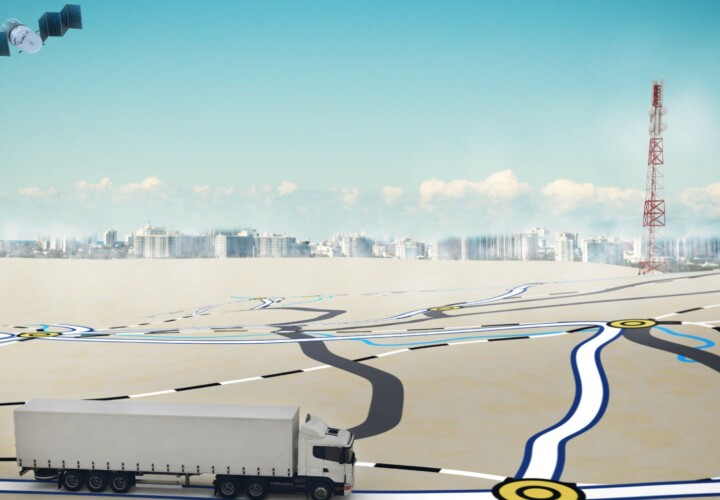Most of us use GPS every single day. We become the dot on the map every time we take a journey with our smartphone… or go online to find out where our children are and when they are going to be back from school… or check in to our favourite restaurant.
People are rendered helpless without the omnipresent Google Maps to find a route to their next meeting… to their office… to home… to see if there’s an impending traffic jam…
In the transport industry, satellite positioning supplies essential underpinning data for all sorts of operational requirements. It can be elementary in understanding essential operational facts, including where assets are and whether schedules are running on time.
But just how accurate is it?
How it Works?
Devices, whether they are smartphones or dedicated satellite navigation units, receive faint signals from a constellation of satellites orbiting the Earth.
At any one time four satellites need to be in direct line of site of any device on the ground in order for the location to be calculated. The exact time and location of each satellite is known, and the distance of your device from the four satellites can be calculated, enabling a position to be pinpointed.
The GPS system is a US owned network of about 30 satellites orbiting at around 20,000km. It was originally built by the US military and since the 1990s has been available for civilian use.
How Accurate is GPS?
A typical smartphone is usually accurate to within about five metres, or 16 feet, however a number of variables can reduce this.
In the past the US government reduced the global effectiveness of GPS for civilian purposes. Though it is safe to say that this hasn’t been the case since May 2000 when President Bill Clinton ended this practice.
The most common reasons for inaccuracy can now be attributed to buildings, other large man-made structures, trees and large objects which can block the line of sight between your device and the GPS satellites – as can being indoors or underground. Satellite signals can also bounce off of things like buildings.
Less common might be radio interference or jamming, major solar flare activity or temporary satellite manoeuvres creating coverage gaps. Incorrect maps on the device, with missing roads, incorrectly labelled addresses and other inaccuracies can also wreak havoc.
So What’s Next?
Well…there’s a lot more competition going on in this area than one might think. The United States has had somewhat of a monopoly on satellite based navigation for some time. But this is all about to change. The EU, Russia, China and India are all launching new systems to end the global reliance on technology controlled by the United States.
The UK has been a significant partner in the creation of the EU’s Galileo project, contributing billions of pounds and a lot of expertise. The new system which is only partially complete is intended to be more advanced than any other system in the sky at the moment with position measurements within 1-metre precision and better positioning services at higher latitudes than other positioning systems.
Ground technology is also becoming more advanced, with chip maker Broadcomm recently announcing new technology that could, using the existing US GPS network, pinpoint location to within an accuracy of 30 centimetres.
Of course there are geo-political and practical complexities which will prevent either of these lauded new technologies from being widely available any time soon. But it is interesting to know the direction of travel.
If you are interested In further reading, the official US government page for information about GPS makes for interesting reading.




